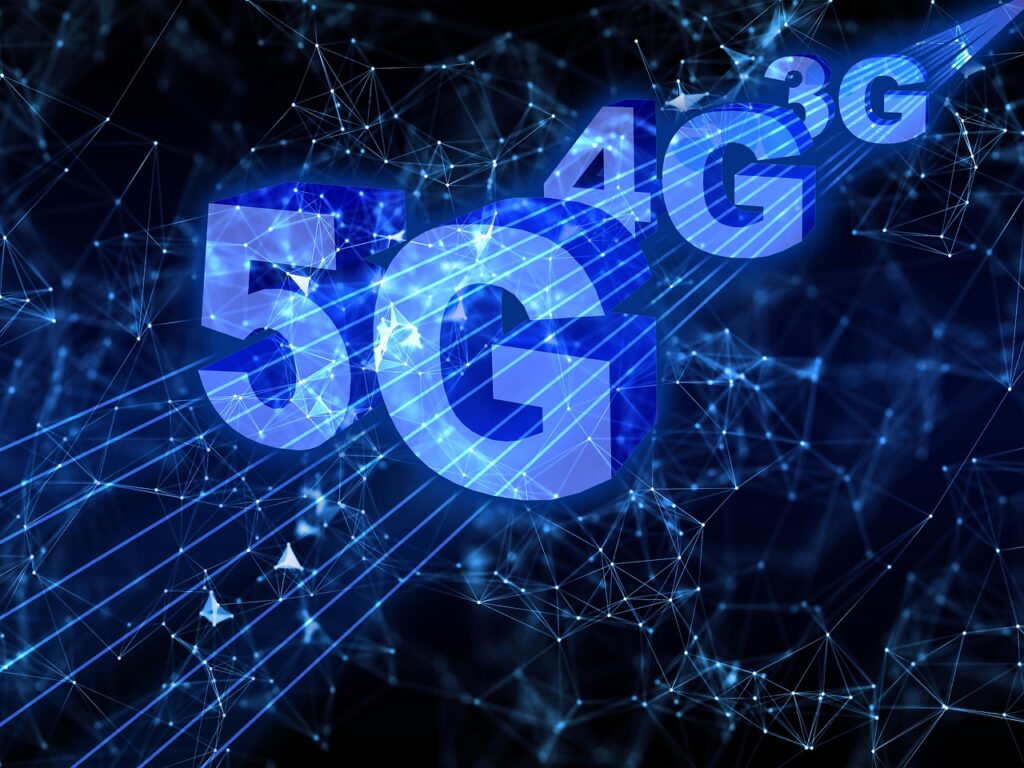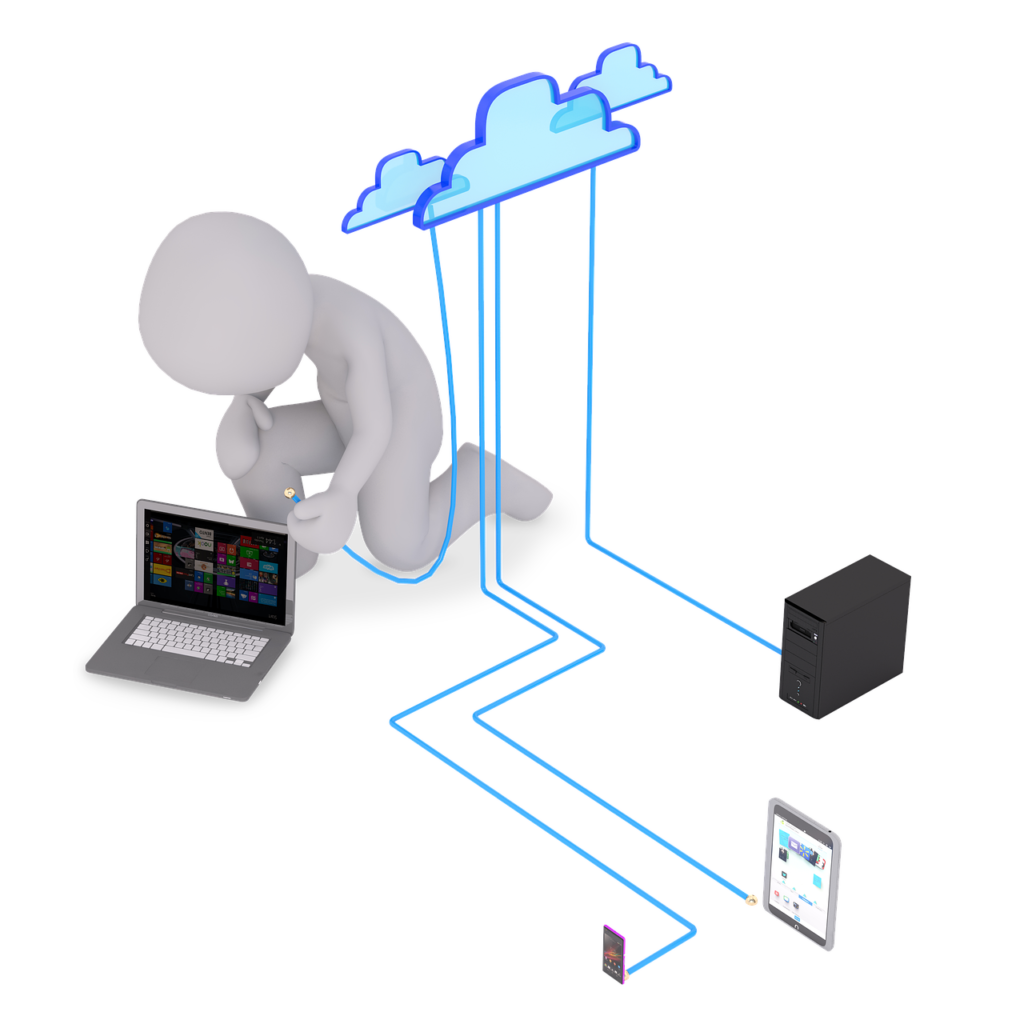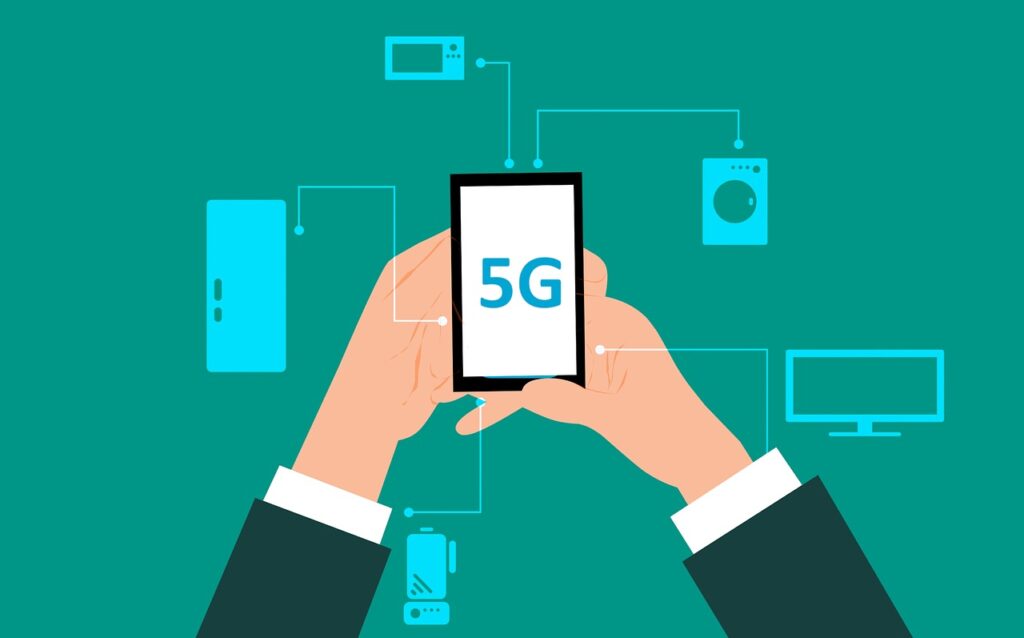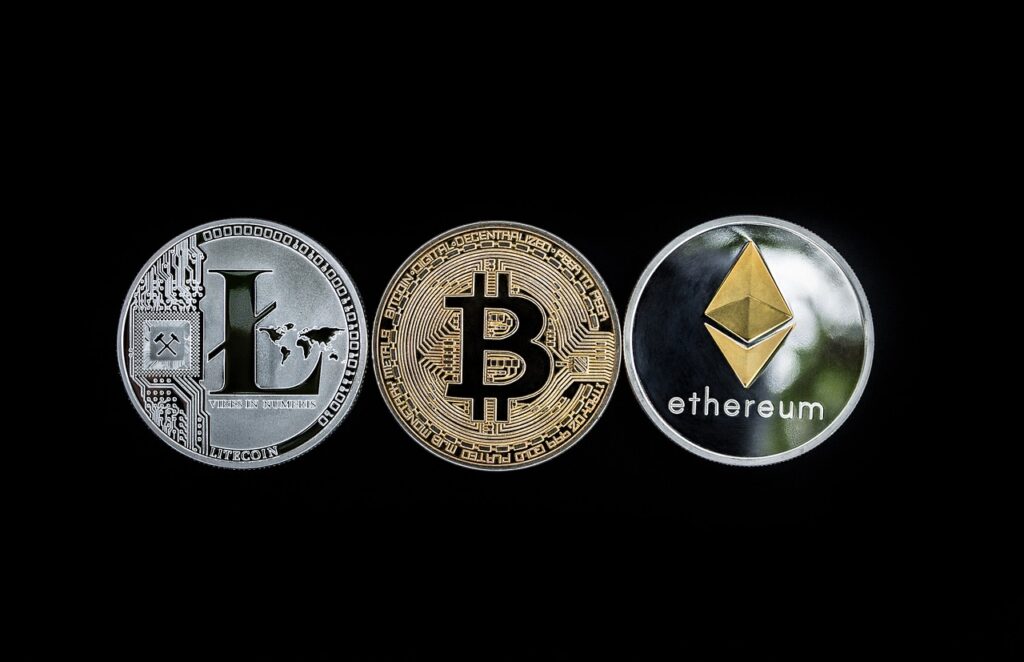The 5G revolution represents the fifth generation of mobile networks, offering faster speeds, lower latency, and increased connectivity. It’s expected to support advanced technologies like IoT, autonomous vehicles, and augmented reality, transforming various industries.

What is 5G?
5G, or fifth generation, is the latest standard for wireless communication technology. It brings significant improvements in speed, latency, and capacity compared to its predecessors (3G and 4G). This technology enables faster data transfer, supports more connected devices, and plays a crucial role in powering the future development of smart cities, IoT, and other advanced applications.
What is Latency?
Latency refers to the time it takes for data to travel from its source to its destination. In the context of communication networks, it’s the delay between the initiation of a request and the receipt of the corresponding response. Lower latency is desirable, especially in applications like online gaming, video calls, and autonomous vehicles, as it ensures quicker and more responsive interactions.
What is IOT?
IoT stands for the Internet of Things. It refers to a network of interconnected physical devices or “things” that can communicate and exchange data with each other through the internet. These devices, which can include anything from smart thermostats and wearable fitness trackers to industrial sensors, collect and share information to enable automation, monitoring, and control in various aspects of daily life and industries.

History of 5G
The development of 5G has unfolded over several years:
1. Research and Standards (2010s): In the early 2010s, research and discussions around the requirements for the next generation of mobile networks began. International organizations like the International Telecommunication Union (ITU) played a crucial role in setting standards for 5G.
2. Pre-5G Technologies (2015-2019): Before the official launch of 5G, there were various technologies and enhancements (LTE-A, Wi-Fi 6) that aimed to provide interim improvements in speed and connectivity.
3. Initial 5G Deployments (2019-2020): The first commercial 5G networks started rolling out globally around 2019 and 2020. Initial deployments were in select urban areas, focusing on enhanced mobile broadband capabilities.
4. Expansion of 5G (2021 Onward): The deployment and expansion of 5G networks continued in various countries. Different regions adopted 5G for its potential to transform industries, enable IoT, and support emerging technologies.
5. Ongoing Developments (2022 and beyond): Ongoing research and developments are focused on expanding 5G coverage, improving network efficiency, and addressing challenges such as security and compatibility. The history of 5G reflects a collaborative effort involving telecommunications companies, governments, and international organizations to bring about the next generation of mobile communication technology.
5G Vs. Wi-Fi (Wireless Fidelity)

5G and Wi-Fi serve different purposes and have distinct characteristics:
5G: – Cellular technology used for mobile communication. – Provides wireless connectivity over a wide area, often covering entire cities or regions. – Offers high-speed data transfer, low latency, and support for a large number of connected devices. – Typically provided by telecommunications companies and accessed through mobile devices, smartphones, tablets, etc. – Suitable for outdoor and indoor use but may require specific infrastructure and service plans.
Wi-Fi: – Local area wireless networking technology used for connecting devices within a limited range, typically within a home, office, or public hotspot. – Offers high-speed data transfer within the coverage area, but generally has shorter range compared to cellular networks. – Provides connectivity to a wide range of devices, including smartphones, laptops, smart TVs, and IoT devices. – Often deployed and managed by individuals, businesses, or organizations, using Wi-Fi routers or access points. – Suited for indoor use and offers flexibility in network customization and management. In summary, while both 5G and Wi-Fi provide wireless connectivity, they cater to different scenarios and have their own strengths and limitations. 5G excels in providing wide-area coverage with high-speed data transfer, while Wi-Fi is well-suited for localized connectivity within homes, offices, and public spaces.
Concerns & Drawbacks of 5G
Some concerns and potential drawbacks associated with 5G include:
1. Health Concerns: There have been debates and studies regarding potential health effects due to increased exposure to radiofrequency radiation from 5G infrastructure. However, the scientific consensus is that 5G radiation levels are within established safety limits.
2. Infrastructure Costs: The deployment of 5G infrastructure requires significant investments, including the installation of new towers and equipment. This can pose financial challenges for telecommunication companies and governments.
3. Limited Coverage in Rural Areas: Initial 5G deployments are often concentrated in urban areas, leaving rural regions with slower or no access to the new technology, potentially exacerbating the digital divide.
4. Compatibility Issues: Existing devices may not be compatible with 5G networks, requiring users to upgrade their devices to take full advantage of the technology.
5. Privacy Concerns: With the increased connectivity and data sharing enabled by 5G, there are concerns about the potential for privacy breaches and unauthorized access to sensitive information.
6. Energy Consumption: 5G infrastructure, particularly the numerous small cells required for dense urban deployments, may consume more energy than previous generations, raising environmental concerns.
7. Security Risks: The higher number of connected devices in 5G networks increases the attack surface for cyber threats, raising concerns about the security of the overall network. It’s essential to note that ongoing research and developments aim to address these concerns, and the deployment of 5G is a dynamic process with ongoing improvements and adaptations.
The Benefits of 5G

`The benefits of 5G include:
1. Faster Speeds: 5G provides significantly faster data transfer speeds compared to previous generations, enabling quicker downloads and smoother streaming.
2. Lower Latency: Reduced latency allows for near-instantaneous communication between devices, enhancing real-time applications like gaming and video calls.
3. Increased Capacity: 5G supports a higher number of connected devices in a given area, making it ideal for the growing number of smart devices in our daily lives.
4. Improved Connectivity: Better connectivity enhances the reliability of communication, even in crowded or dense urban environments.
5. Enabler for Emerging Technologies: 5G is a crucial enabler for technologies such as the Internet of Things (IoT), augmented reality (AR), virtual reality (VR), and autonomous vehicles.
6. Enhanced Mobile Broadband: Users experience a more seamless and efficient mobile internet experience, with faster browsing and higher quality multimedia streaming.
7. Transformation of Industries: 5G is expected to revolutionize industries like healthcare, manufacturing, and agriculture, bringing about increased efficiency and innovation.
8. Innovations in Communication: Enables new communication possibilities, including advancements in remote surgeries, smart cities, and immersive experiences. Overall, 5G is seen as a key driver for technological advancements and the evolution of our increasingly connected world.



